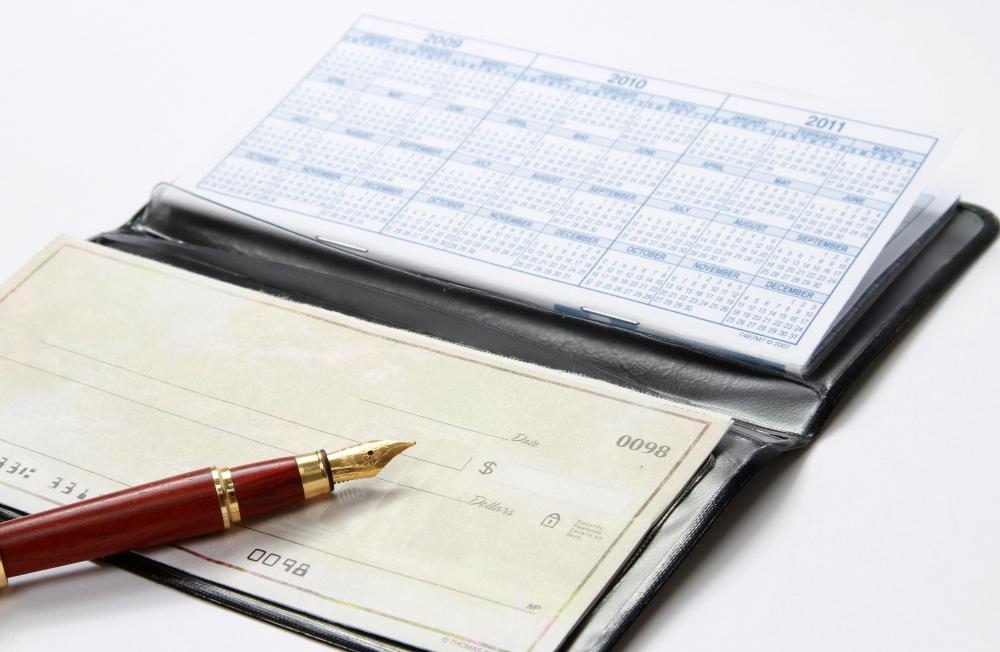At WiseGEEK, we're committed to delivering accurate, trustworthy information. Our expert-authored content is rigorously fact-checked and sourced from credible authorities. Discover how we uphold the highest standards in providing you with reliable knowledge.
What are the Steps for General Ledger Reconciliation?
General ledger reconciliation is a critical step in ensuring that an organization’s financial activities have been properly recorded, so that the organization’s financial statement can be trusted as an accurate reflection of its financial condition. Reconciliation itself refers to comparing different records for the purpose of ensuring that the figures are accurate and in agreement and, when they are not, bringing them into agreement. Similar to reconciling one’s personal checkbook, general ledger reconciliation involves verifying that all the organization’s transactions during the period were properly recorded. Reconciling a general ledger, of course, is much more complex and frequently computerized; even so, a large corporation’s general ledger reconciliation can sometimes take days.
The first step in the process of general ledger reconciliation is to ensure that those responsible for the reconciliation are not involved in the posting of its accounts. Having a system of checks and balances is essential to preventing fraud or embezzlement. Likewise, a contemporaneous, permanent record should be kept of all transactions. For example, all revenue should be promptly recorded and deposited daily in the bank. Differences between the amounts deposited to the bank and the revenues may simply be clerical errors, but might also uncover fraudulent activity.

The sums of entries in the subsidiary ledgers are posted to “reconciling accounts” in the general ledger. Entries in the subsidiary ledgers, such as accounts payable or accounts receivable, should be compared with their supporting documents, and the sum of entries in each subsidiary ledger should be compared with their corresponding entry in the general ledger. There are a number of different possible errors that may be made in posting to a general ledger, and most of them don’t involve fraud or embezzlement. For example, items may be posted with the proper cash amounts, but to the wrong account, or the figures in a posting may be transposed. A thorough general ledger reconciliation should uncover these errors. When errors or discrepancies are found, they shouldn’t be corrected, but recorded separately and posted as reconciling entries.

One of the most important general ledger reconciliations is the cash reconciliation, which compares ledger entries against bank deposit records. Although errors uncovered at this stage may be simple clerical miscalculations, they should be taken very seriously; if not caught, they can result in a misstatement of the company’s financial position on the financial statement, which is drawn entirely from the general ledger.
Another important element of the general ledger reconciliation is the trial balance, which is simply comparing the sum of all debits with the sum of all credits. If the two totals are not equal, the accounts are out of balance and at the very least, the error must be tracked down and a correcting entry made.
Especially in a large organization, it’s imprudent to wait for the preparation of the financial statement to reconcile the general ledger. Instead, reconciliation of general ledger accounts should take place on an ongoing basis as postings are made, and the components that comprise the subsidiary ledgers should be reviewed and reconciled as frequently as possible. A trial balance should also be taken as frequently as is practicable, but in no case less than once a month.
AS FEATURED ON:
AS FEATURED ON:












Discuss this Article
Post your comments